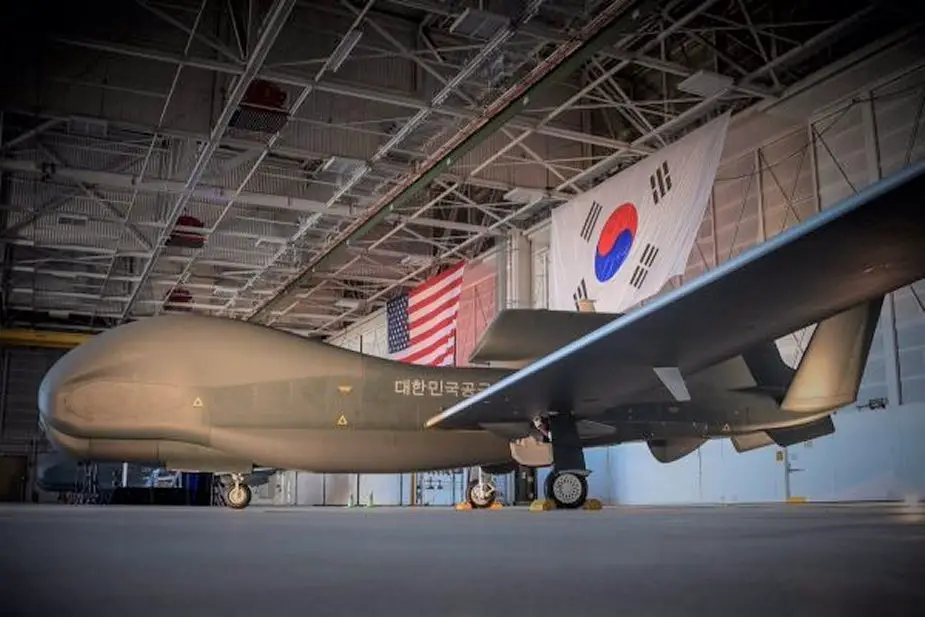Northrop Grumman has scored a $158.4 million deal to support South Korean RQ-4 Global Hawk drones. This contract provides for aircraft spares and contractor logistics support. This contract involves Foreign Military Sales (FMS) to the Republic of Korea, the U.S. Department of Defense said in a release today. A South Korean official stated recently that an oil leak was found in the landing gear of one aircraft, with a core control sensor-related problem detected at another. Work will be performed in the Republic of Korea and Sierra Vista, Arizona, and is expected to be completed by February 29, 2024.
In 2011, South Korea’s Defense Acquisition Program Administration (DAPA) expressed interest in acquiring at least four RQ-4Bs to increase intelligence capabilities following the exchange of the Wartime Operational Control from the U.S. to the Republic of Korea. Officials debated on the topic of the Global Hawks and domestic UAV programs. In September 2011, the US and South Korea discussed aircraft deployments near its land border to view North Korea and the North Korea–China border. In January 2012, DAPA announced that it would not proceed with a purchase due to a price rise from US$442M to US$899M, and that other platforms such as the Global Observer or the Phantom Eye were being investigated.
However, in December 2012, South Korea notified Congress of a possible Foreign Military Sale of 4 RQ-4 Block 30 (I) Global Hawks with the Enhanced Integrated Sensor Suite (EISS) at an estimated cost of $1.2 billion.[119] On 5 July 2013, the Korean National Assembly advised the government to re-evaluate the RQ-4 purchase, again citing high costs. On 17 December 2014, Northrop Grumman was awarded a $657 million contract by South Korea for four RQ-4B Block 30 Global Hawks. The first RQ-4 arrived on 23 December 2019 at a base near Sacheon. The remaining three RQ-4s are to be delivered in the first half of 2020.
The Northrop Grumman RQ-4 Global Hawk is a high-altitude, remotely-piloted, surveillance aircraft. It was initially designed by Ryan Aeronautical (now part of Northrop Grumman), and known as Tier II+ during development. The Global Hawk performs duties similar to that of the Lockheed U-2. The RQ-4 provides a broad overview and systematic surveillance using high-resolution synthetic aperture radar (SAR) and long-range electro-optical/infrared (EO/IR) sensors with long loiter times over target areas. It can survey as much as 40,000 square miles (100,000 km2) of terrain a day, an area the size of South Korea or Iceland.













